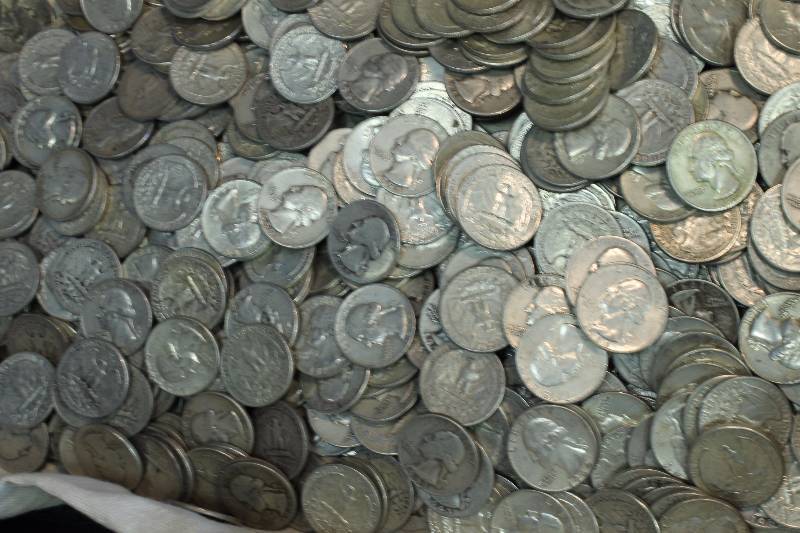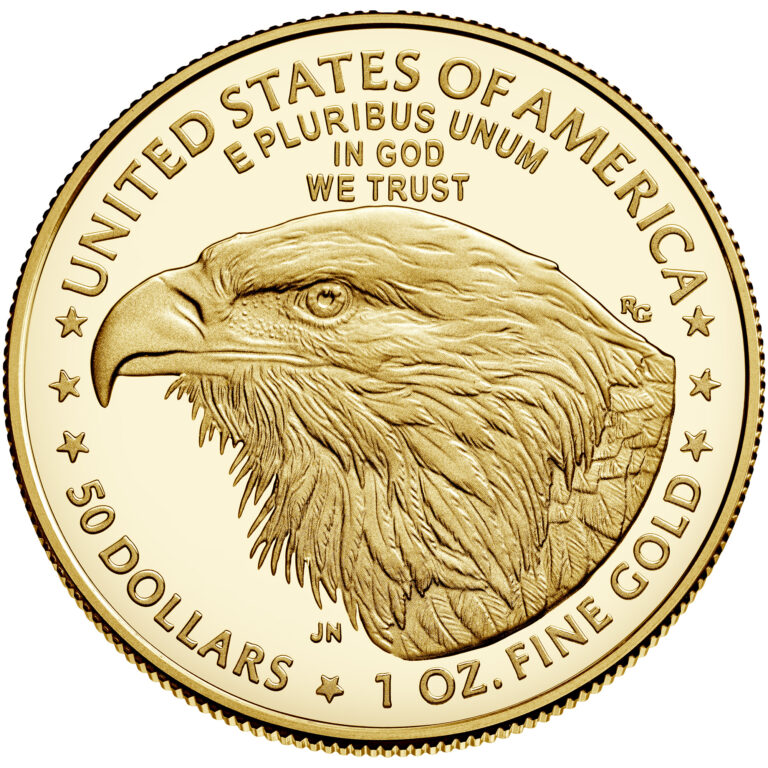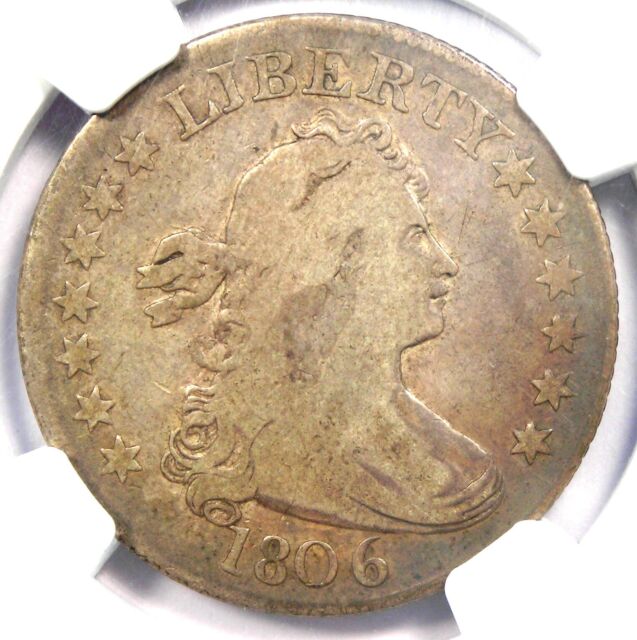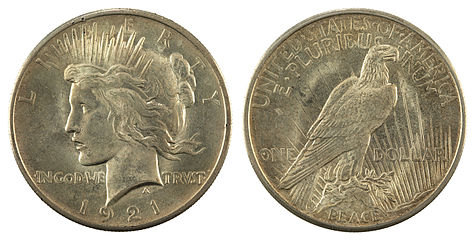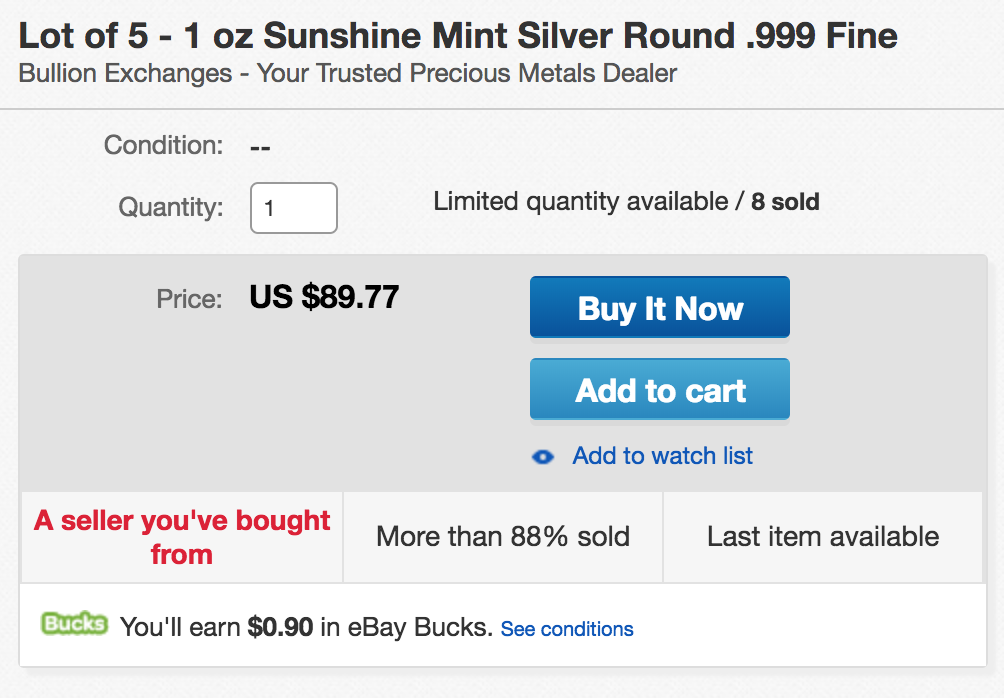When you click on links to various merchants on this site and make a purchase, this can result in this site earning a small commission. More information about our affiliate programs can be found here.
One of the more mysterious properties of silver is that it is prone to tarnishing when exposed to air. The oxidation of sulfur-containing compounds in the air.
The process can occur rapidly, such as with artificially toned coins, or gradually, with some beautifully naturally toned numismatic silver coins selling for much higher premiums than cleaned coins.
Silver is prone to tarnishing and many investors of silver bullion, coins, and sterling silver antiques often have questions and want to learn more.
The tarnish that forms on the surface of silver is a layer of corrosion that can affect the appearance and luster of the shiny metal.
Why does silver tarnish?
Tarnish and toning are caused by a chemical reaction that occurs naturally when silver is exposed to air and moisture. The chemical reaction occurs when the environment contains trace amounts of sulfur substances.
The reaction produces a dark compound that forms on the surface called silver sulfide. This reaction can occur faster in humid environments or when silver is exposed to other chemicals such as chlorine.
Silver-sulfide is an inorganic chemical compound that is a dense black solid. The compound has a variety of uses, such as an ingredient in anti-microbial and anti-bacterial agents and as a photosynthesizer in photography.

It is a normal and natural process that occurs even in environments deprived of oxygen such as those found from shipwrecks like the SS Gairsoppa.
Some modern collectors prefer to buy toned silver coins because of the colorful beauty and history.
Artificial toning is becoming more common as stackers experiment by sealing silver coins in airtight containers with sulfur-containing foods like eggs.
It’s important to have silver coins evaluated and appraised by an expert to determine if there is added numismatic value.
Other factors can contribute to the formation of tarnish in unique patterns such as with tab-toned coins which are from long-term contact with rubber bands, cardboard templates and tape.
Physical contact with items containing large concentrations of sulfur-rich compounds can cause silver to tarnish at a faster pace.
A common question amongst new investors comes from strange tarnish patterns that happen from storing silver coins in soft plastic “coin flips”. The soft plastic contains PVC compounds that interact with the silver oxidation process and can produce black marks that are unsightly.
It is common to clean silver bullion coins and rounds that have no numismatic value. It will not effect the value. Silver bullion coins will always retain their intrinsic value whether they are tarnished or cleaned. Some investors prefer cleaning silver bullion coins to maintain the alluring luster.
E-Z-Est is a product widely used by both numismatists and bullion investors alike that can quickly restore the luster to silver coins. It is easily available from Amazon.com or from most local coin stores.
UV rays from sunlight have also been shown to speed up oxidation. Simply leaving a silver coin in the window can accelerate toning.
Toning vs. Tarnish?
Toning is natural as the silver reacts with various environmental factors, such as air, humidity, and light and can result in a wide range of colors on the surface. Some numismatic collectibles like Rainbow-Toned Morgan Silver Dollars show an incredible range of blue, green, purple, and gold hues that add significant numismatic premium. Natural toning is desirable in antiques and collectible silver coins as many see it as an enhancement to the beauty and value.
Artificial Toning
Artificial toning is achieved through various methods such as excessive exposure to sulfur, heat, and UV light from the sun or artificial sources.
There are a variety of tutorials online that demonstrate the use of commonly available chemicals such as potassium sulfide and liver of sulfur to create some unique and colorful toning that looks amazing.
Anodization is a process that uses electrolytic chemistry to accelerate the thickening of the silver-sulfide layer. Some collectors may use toning solutions or sprays to tone their silver items artificially.
While artificial toning can create an attractive appearance, these methods do not add numismatic value and are often considered by some collectors to be damaged coins.
As such, it is important to be cautious when purchasing toned silver items and to only buy from reputable dealers who can verify the authenticity of the toning when you are shopping for numismatic coins.
Whether toning increases or decreases the value of silver depends on the item and the market. In some cases, tarnish is seen as a patina that shows the authenticity and provenance, which can add significant premiums to historical coins and antiques.
Cleaning Tarnish from Junk Silver Coins
Circulated junk silver coins commonly show patina that can be unsightly in appearance. There may also be ugly gunk that builds over the many decades of circulation.
Junk silver has no numismatic value and cleaning it won’t harm the intrinsic value. Though most investors prefer to buy 90% silver coins with the original patina and may be skeptical when it comes to buying cleaned coins. Which could make it more difficult to sell.
It is common to come across BU condition 1964 silver quarters among 90% silver lots. The shine really stands out and there are some methods to clean junk silver in ways that won’t effect the underlying intrinsic value.
There are some readily available silver coin cleaning solutions such as E-Z-Est and polishing creams. These work best for small amounts.
One of the easiest at home methods uses only hot water, baking soda and aluminum foil and takes just a few minutes.
Silver Toning
Natural toning is highly desirable collectible coins and for antique silver items. It can enhance the beauty and value of silver. However, toning can also be a concern for those investing in bullion or coins.
In general, toned Silver can increase in value over time. A natural silver tarnish is considered good as it can enhance the uniqueness, rarity and desirability of silver.
Researching and seeking reputable dealers who can provide you with authentic, naturally toned silver items is important.
Understanding the causes and effects of silver tarnish is essential for those who invest in silver bullion, coins, and antiques. The main cause of tarnish is exposure to elements which leads to a chemical reaction producing silver sulfide.
Other factors, such as contact with certain materials and exposure to sunlight can also cause tarnish to form. While tarnishing can detract from the shiny appearance, many investors see it as an enhancement to the beauty and value of silver.
